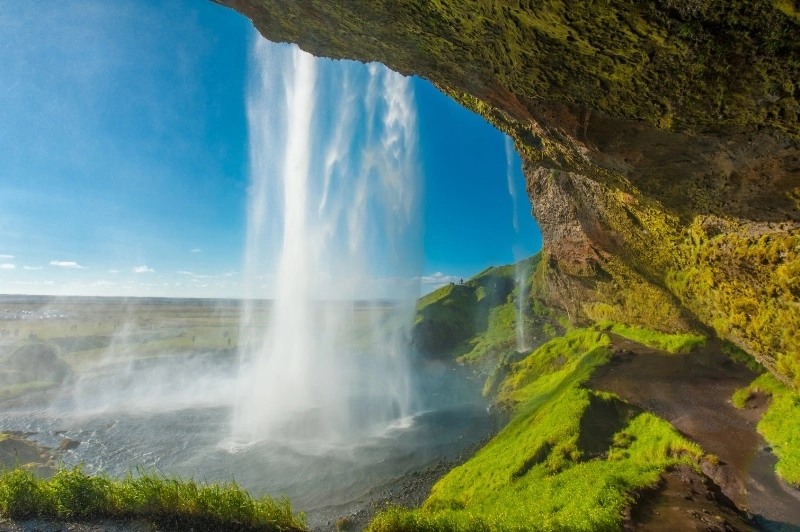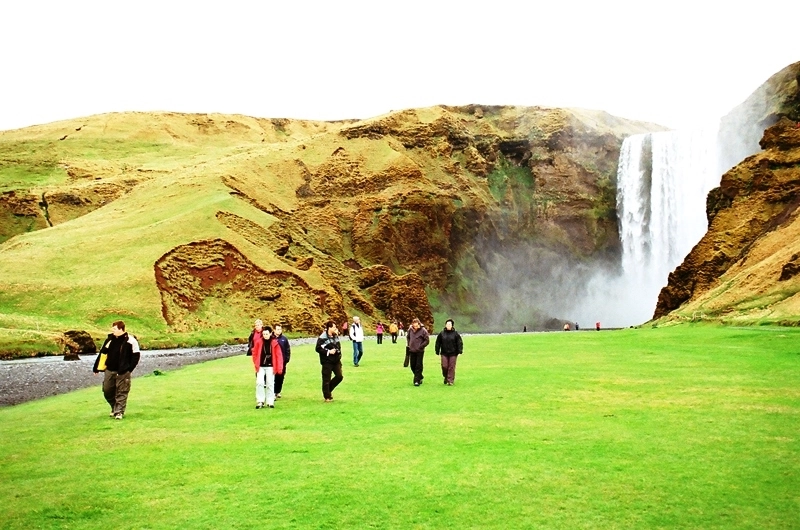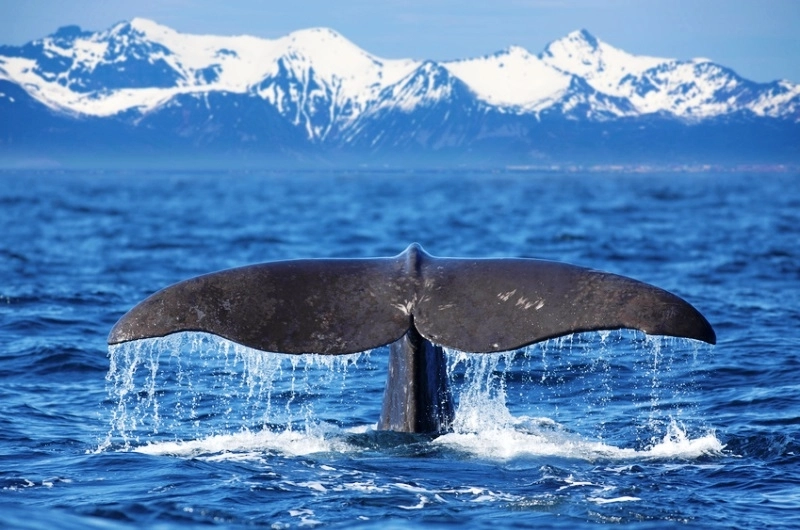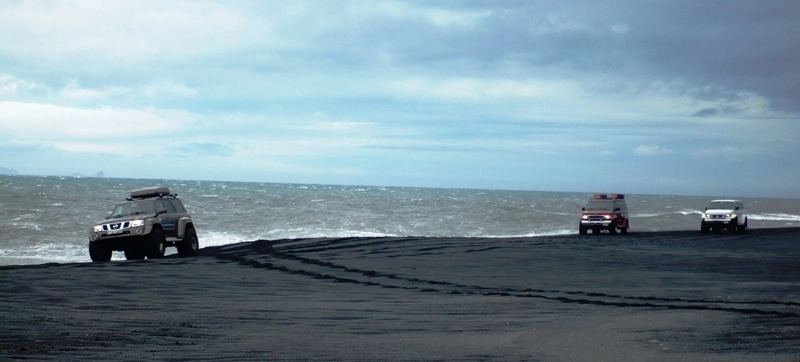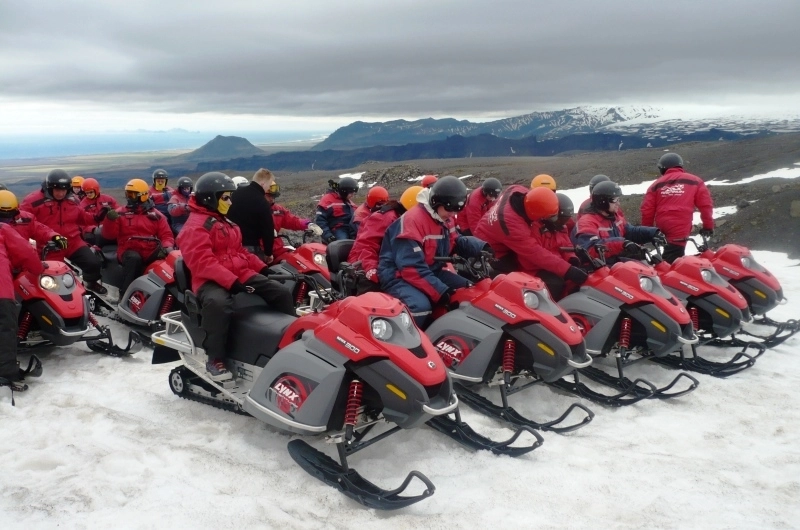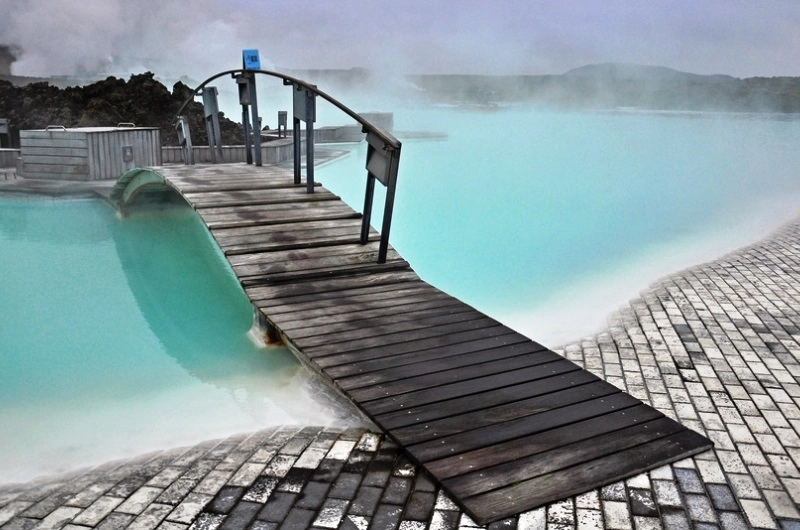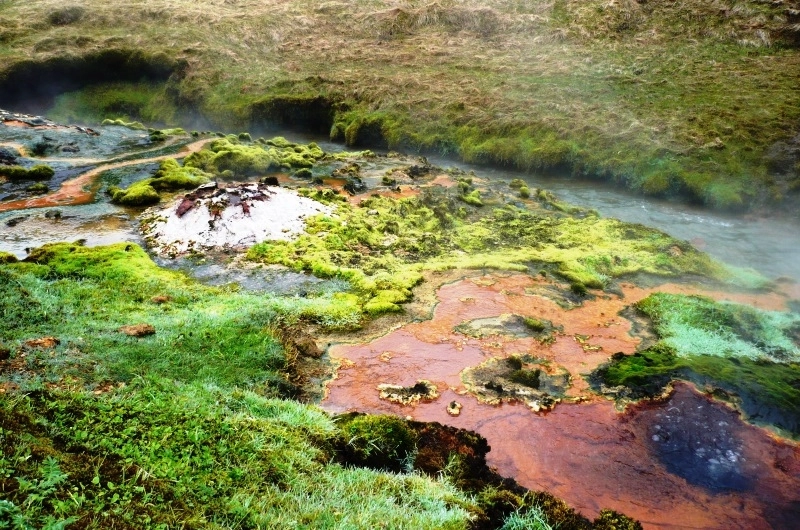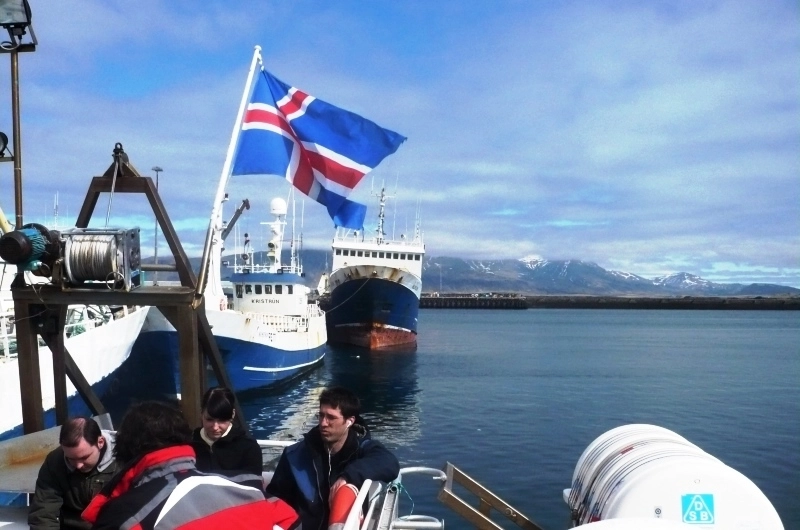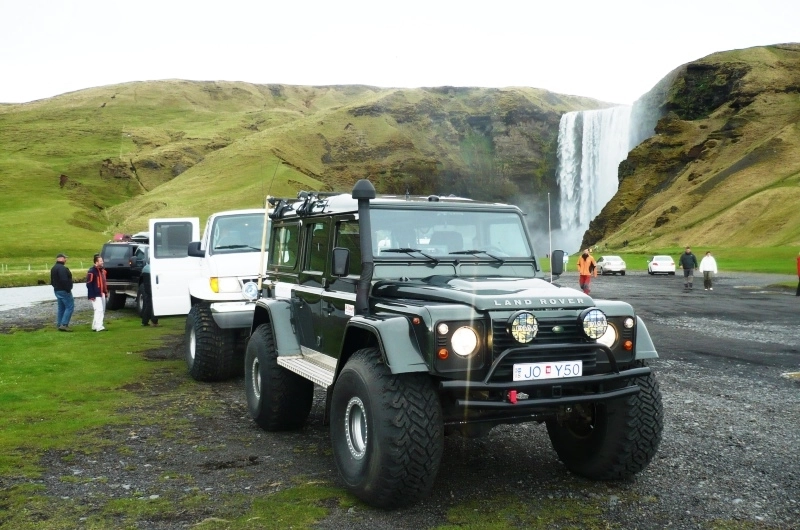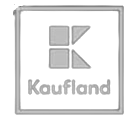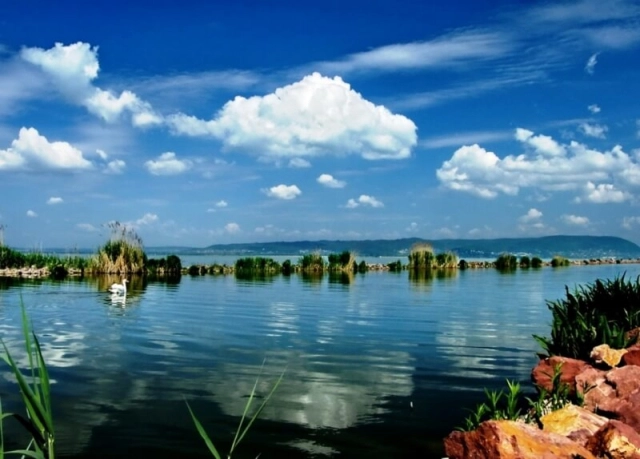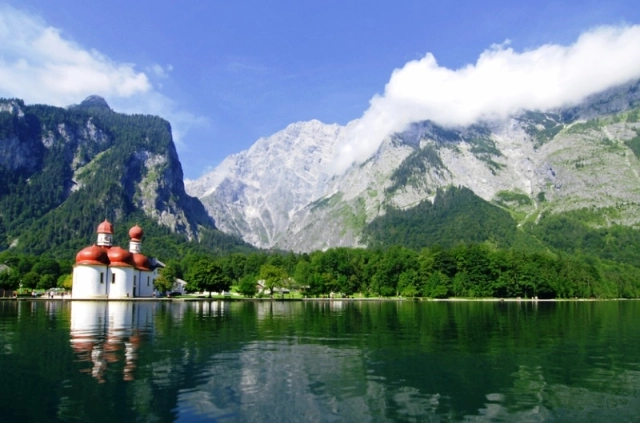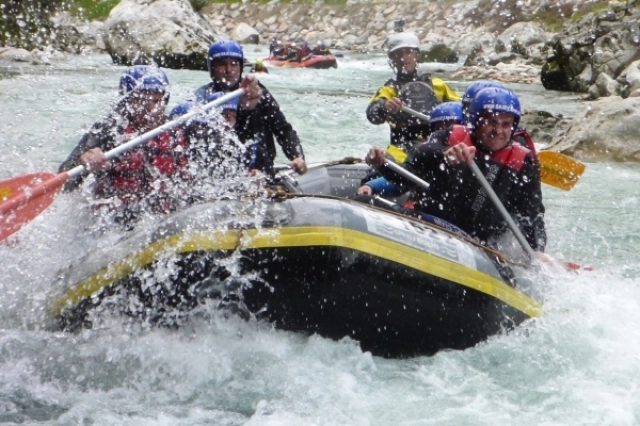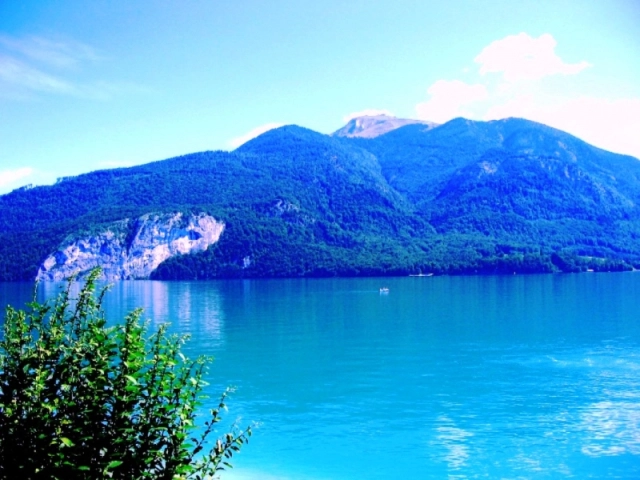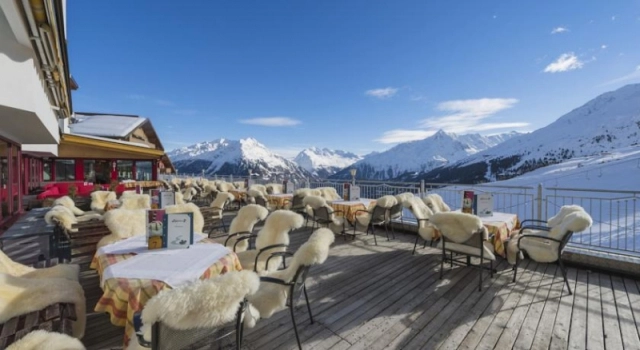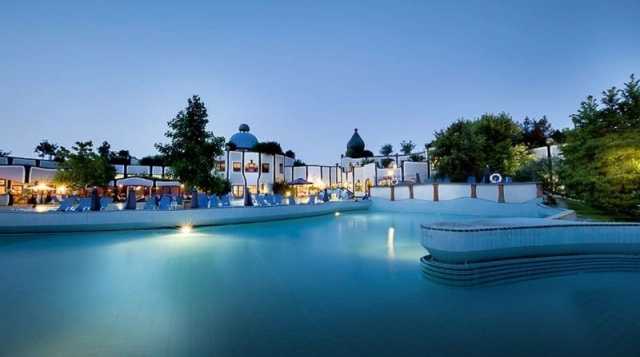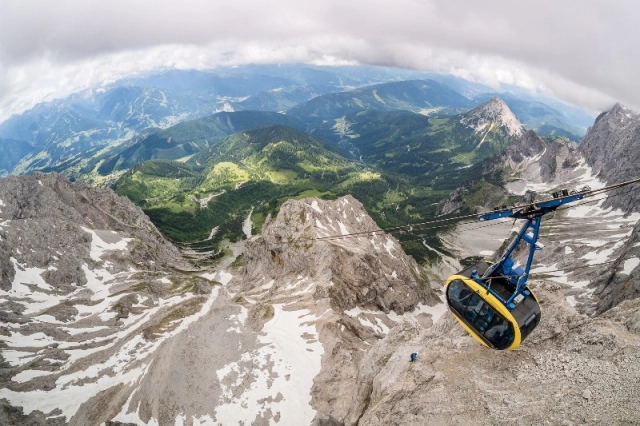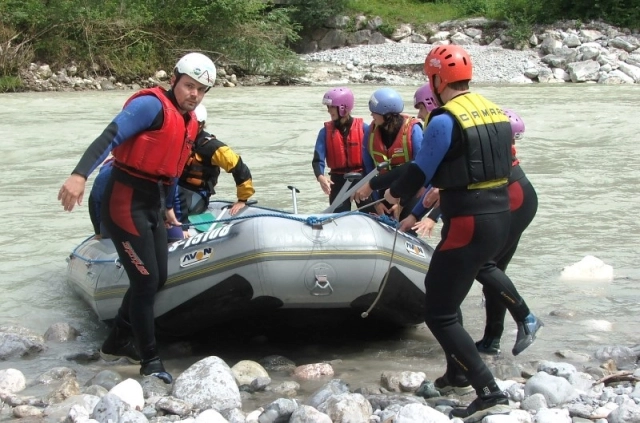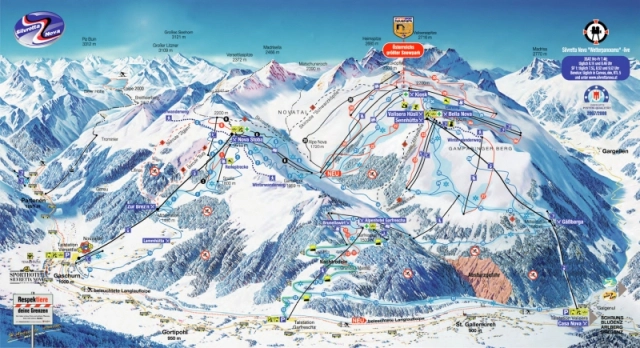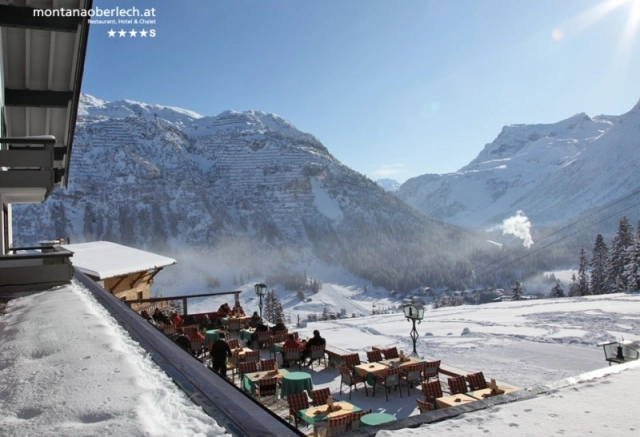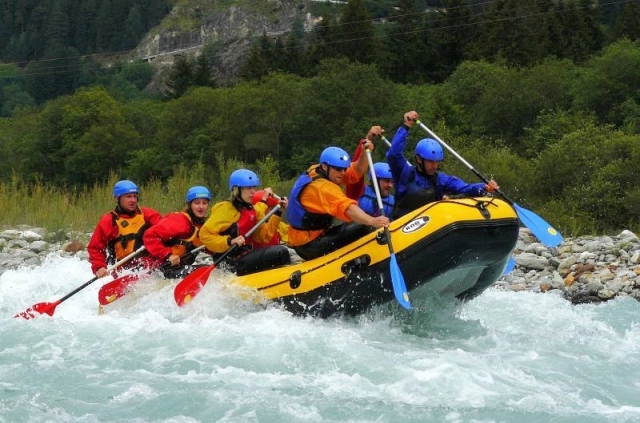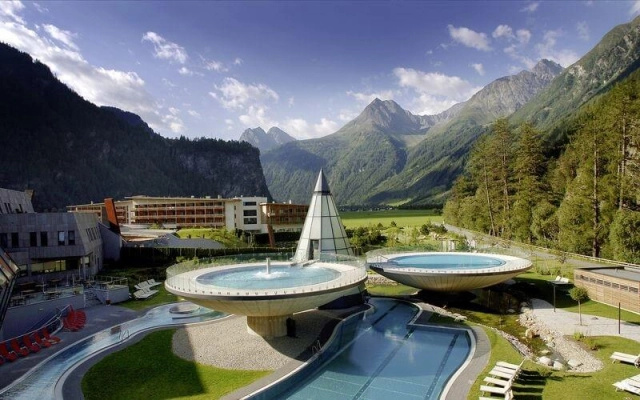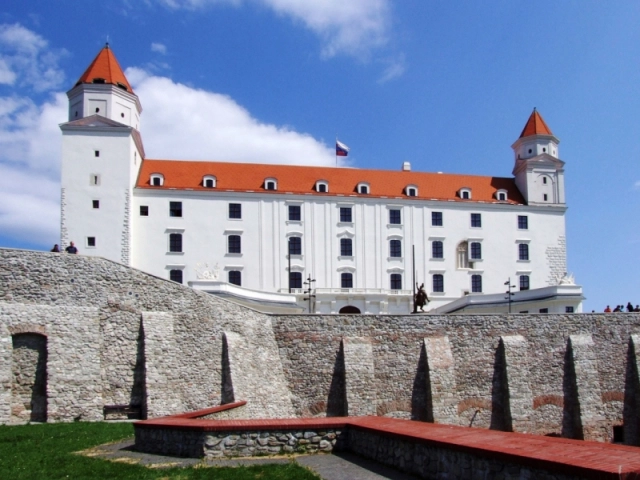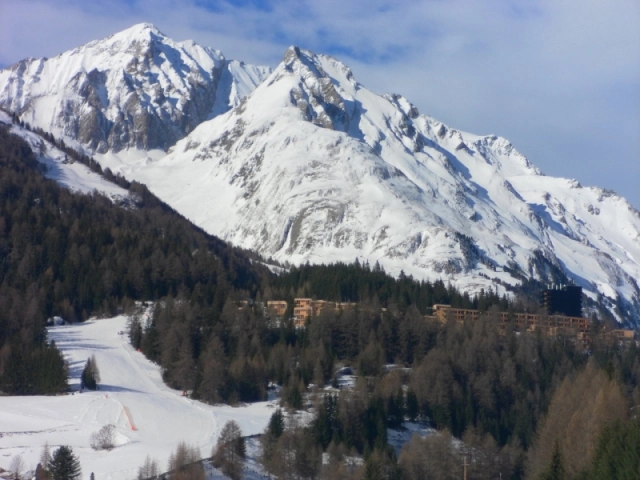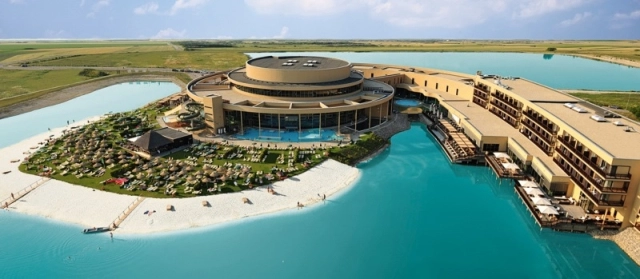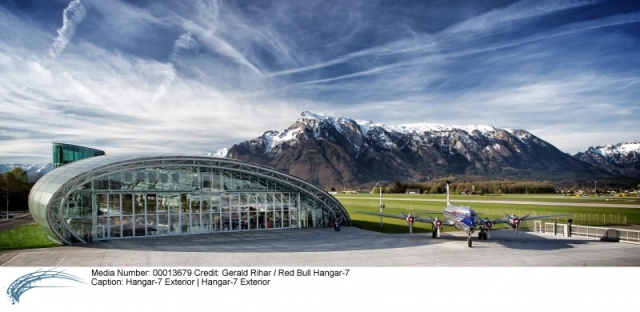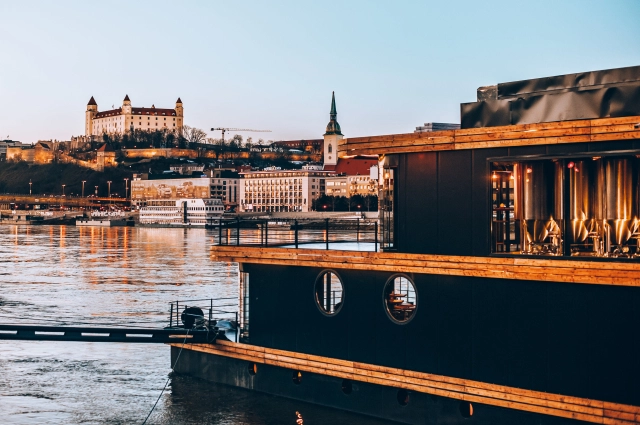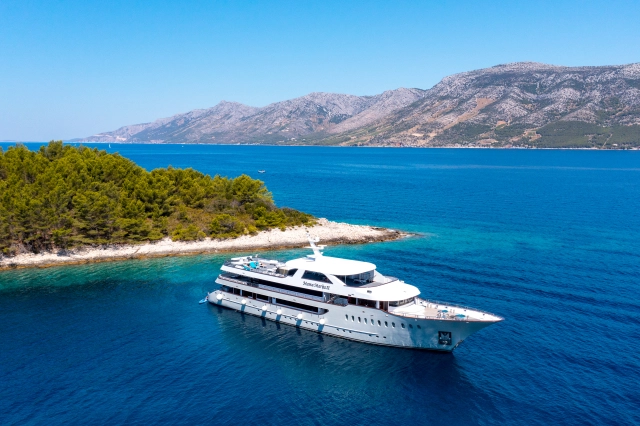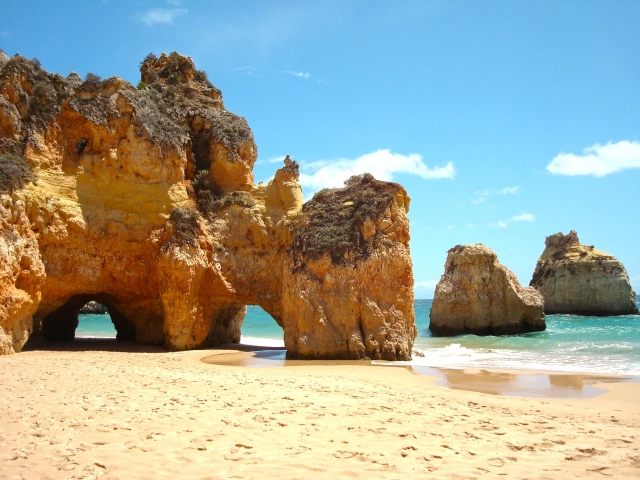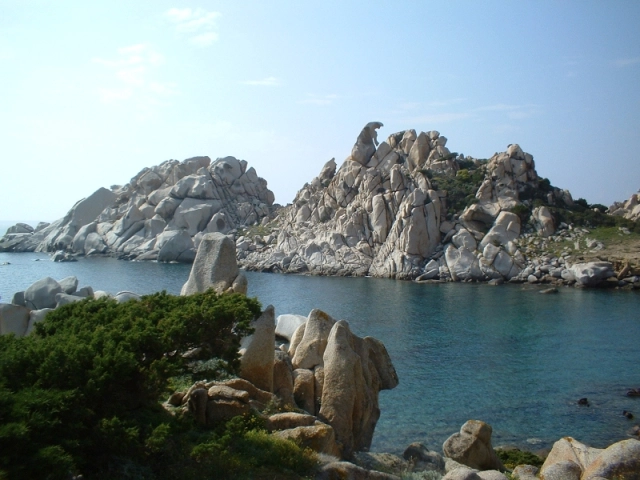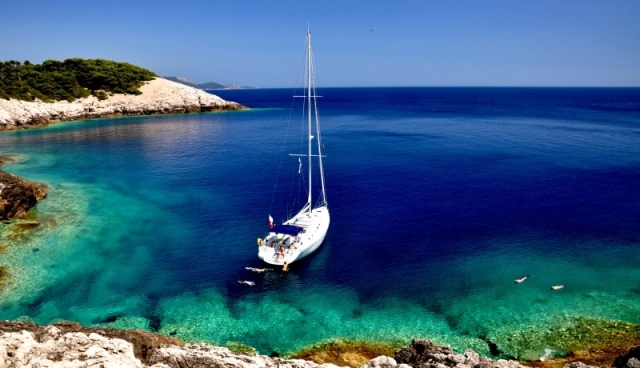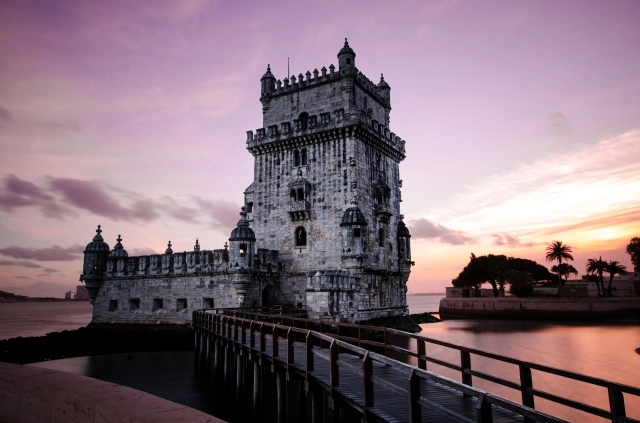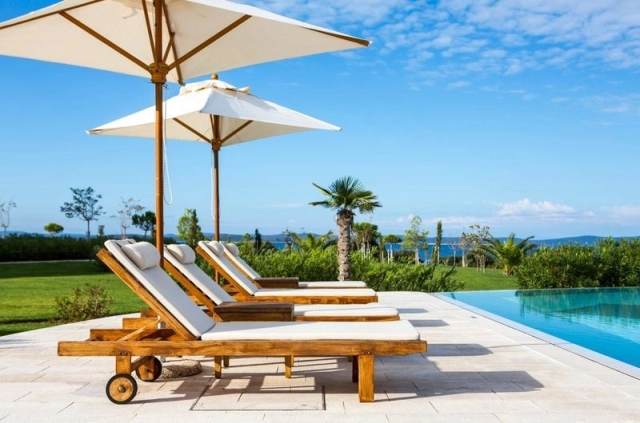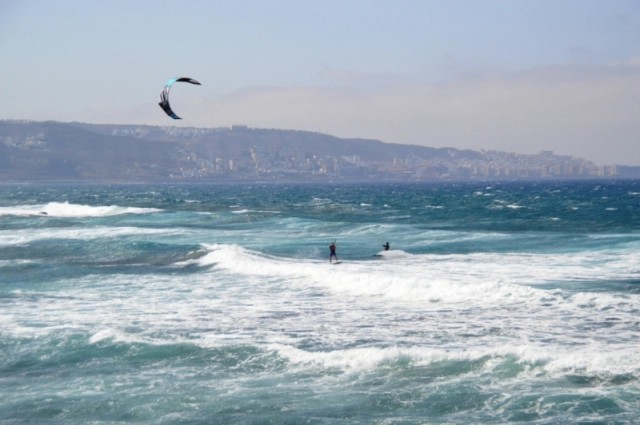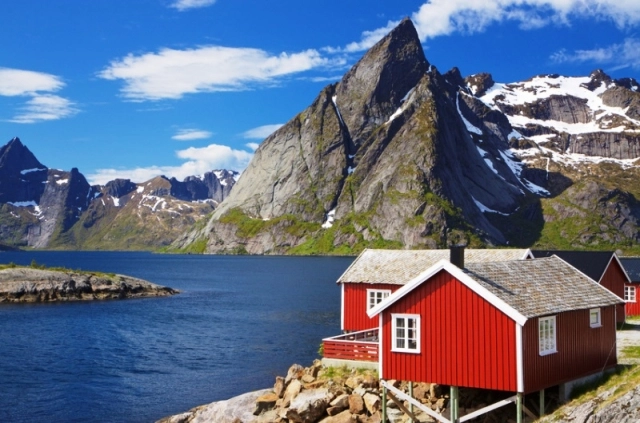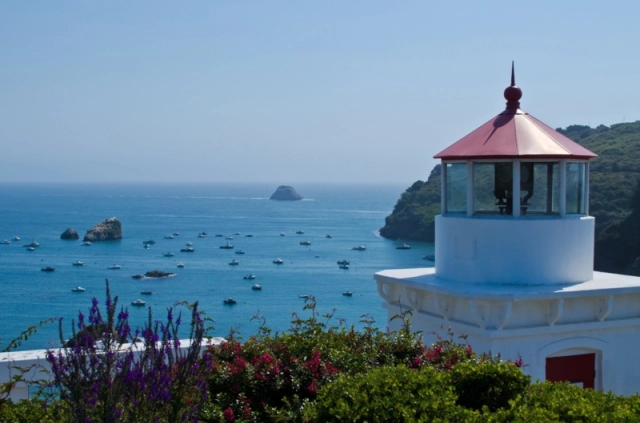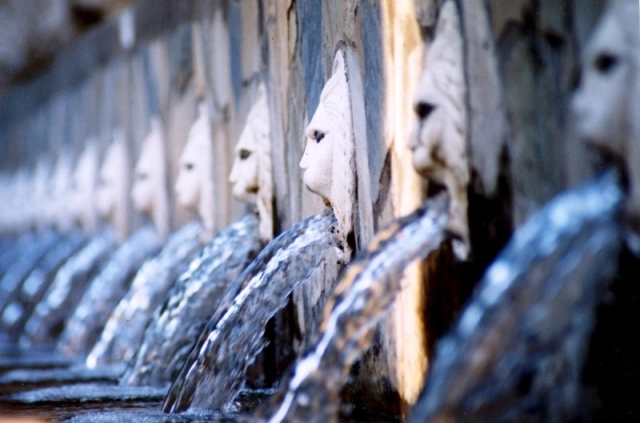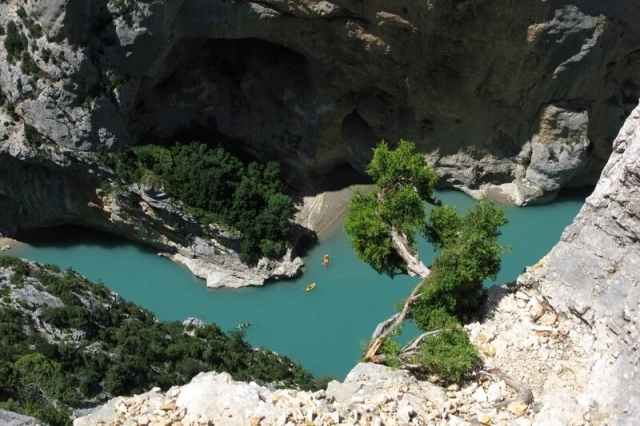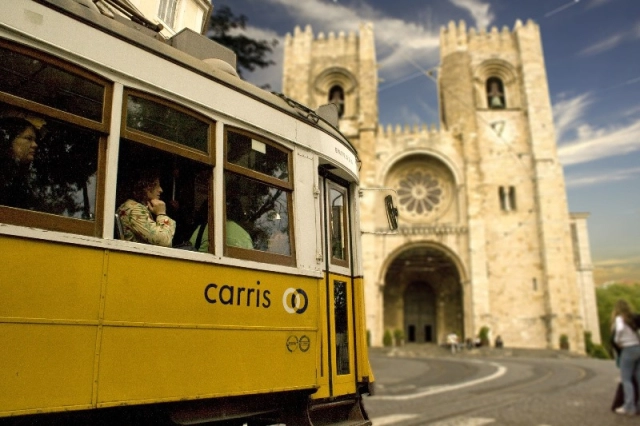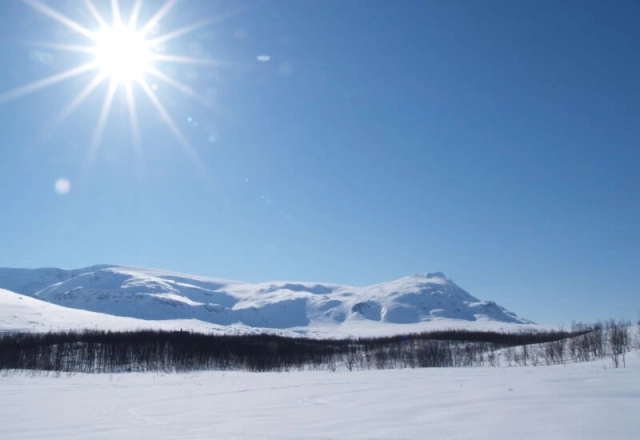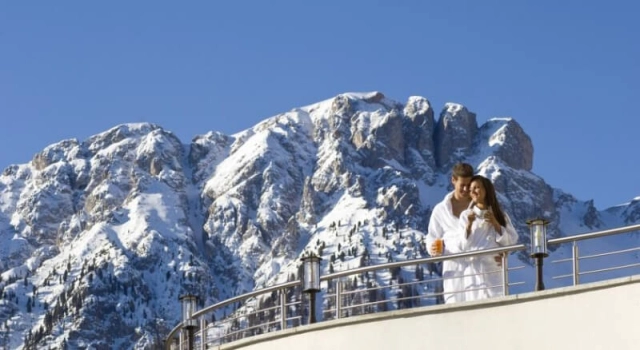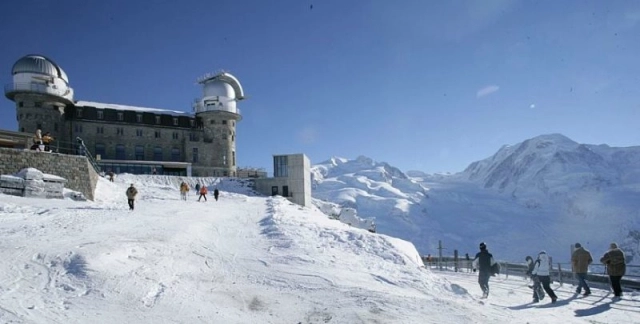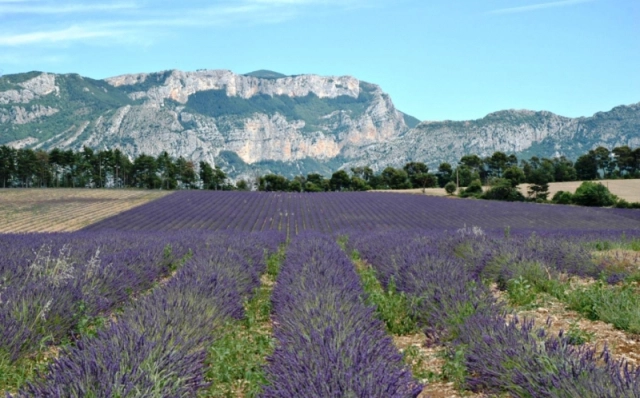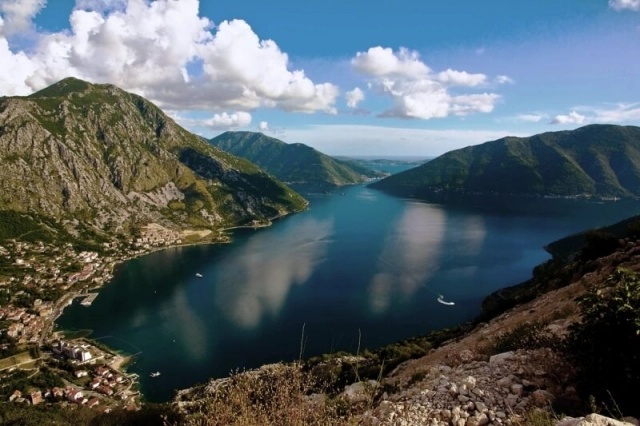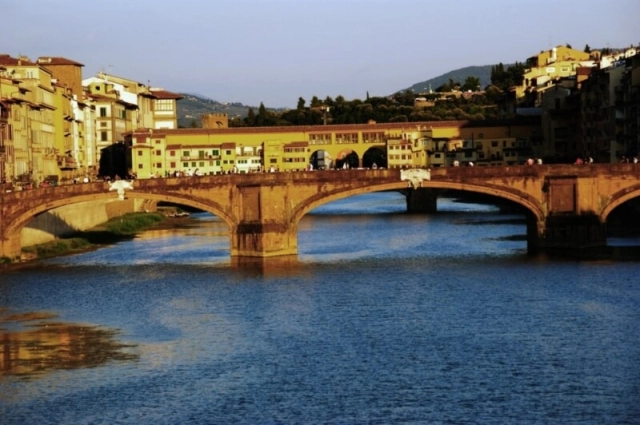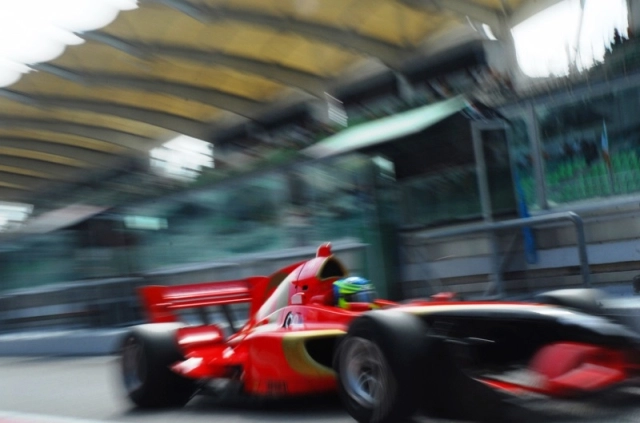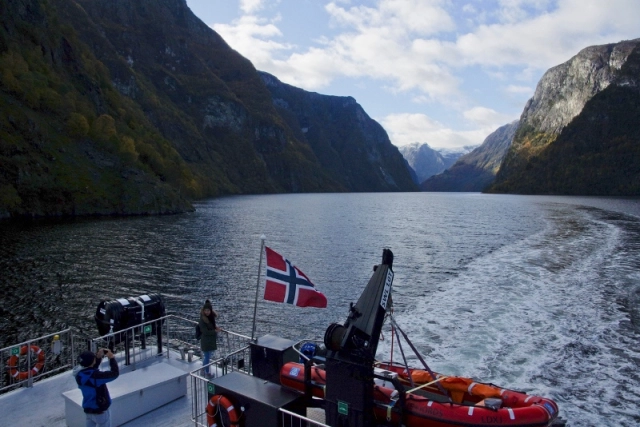
Iceland
Land of water, ice and fire
Iceland is an island nation located on the border between the Arctic and Atlantic Oceans, on the border between Europe and America. With its location just below the Arctic Circle, Iceland presents a fabulous contrast between fire and ice, as well as between high technical sophistication and a desolate, inhospitable landscape.
At 103,000km2 (about a third more than the Czech Republic), the population is only 320,000, making Iceland the most sparsely populated country in Europe. The capital and largest city is Reykjavik, where, together with adjacent areas, two-thirds of the country's population live. Reykjavík is the world's northernmost capital city.
Iceland is volcanically and geologically very active. The center of the island is occupied by a gigantic plateau, made up mainly of sands and lava fields, from which many glacial rivers flow towards the coastal plains.
Virtually the entire island bears the marks of glacial activity, with glaciers covering a total of 11 % of Iceland. Water makes up 2.67 % of the country's surface. The largest glacier-fed rivers originate in the mountainous areas. The landscape is also characterized by several lakes formed by glacial activity or tectonic changes. Many of the lakes were formed in volcanic craters or are covered by lava flows or glacial moraines.
Thermal springs and geysers are closely related to volcanic activity. The presence of hydrogen sulfide-smelling mud volcanoes is also a typical feature of volcanic activity. The local so-called Great Geyser (Stóri geyser) is the origin of the internationally used word. However, this father of geysers, which spewed water up to 70m, is currently inactive and the main attraction of the area is its smaller counterpart, Strokkur, which regularly spews water up to 20m.
The only trees to be found here at present are dwarf willows, dwarf birches and junipers. Lichens and sedge grasses typical of marshes and swamps are abundant. The patchy vegetation does not provide enough food for game, which is very poor in species. The Arctic fox lives here, and the occasional polar bear wanders in foraging. Birds and sheep are the most common. There are three national parks in Iceland.
Iceland is warmed by the Gulf Stream, which gives it a warmer climate than would be consistent with a geographical location just below the Arctic Circle.
Activities
Since most of the activities Iceland offers are not dependent on the season, the island can be visited at almost any time. In winter, you're most likely to see the Northern Lights, but shorter days and a more depressing, snow-covered landscape should be expected. In summer, on the other hand, most touristy places can be occupied by a larger number of travelers – based on our experience, we recommend the late spring months, specifically May.
Active program
- snowmobiling on the Mýrdalsjökull glacier, near the infamous Eyjafjallajökull volcano
- an adrenaline ride in a super-jeep, a vehicle adapted to drive over otherwise virtually impassable terrain of beaches, volcanic sand or ice
- riding Icelandic ponies
- sea kayaking
Exploring
- whale safaris
- swimming in natural thermal waters including the legendary Blue Lagoon
- a sightseeing tour (the so-called Golden Circle) of the western part of the island, which includes natural beauties such as the waterfalls of Gullfoss, Skógafoss or Seljalandsfoss, Geysir, which gave its name to all its brothers, the site of the founding of Þingvellir, the oldest functioning parliament in the world, the eponymous national park, where you can observe the continents parting, etc.
- the shrimp feast in the fishing village of Stokkseyri
- a tour of Copenhagen on the return flight
A getaway
- scenic flight over the Vestmannaeyjar archipelago
- golf on one of the world's most northerly courses
Tips for accommodation
In Iceland, most of the island's population is concentrated in the southwestern part. Accommodation is available in a world-class hotel in Reykjavik (Radisson Blu, Hilton). However, an interesting alternative is accommodation in the small town of Selfoss, which is perfectly located for exploring the island's major attractions combined with adventure activities.
HOTEL SELFOSS ****, SELFOSS
Selfoss is a modern and elegant four-star hotel, situated in the town of the same name in the middle of South Iceland in a peaceful setting on the banks of the mighty Olfus River. It offers 99 spacious rooms of different levels of accommodation and very nice spa facilities. It is renowned for its gastronomy and very convenient location for guests who are going to enjoy their visit to the island.
The hotel is less than an hour away from Reykjavik by bus.
TRANSPORT TO THE DESTINATION
Flights to Iceland arrive in Keflavik, which is less than an hour away from the capital, Reykjavik.
There is already a direct connection from Prague!
Request form
Iceland
Copyright © 2024 OMT group s.r.o. All rights reserved.
Created by Web z Moravy | Cookie settings
 About OMT group
About OMT group
